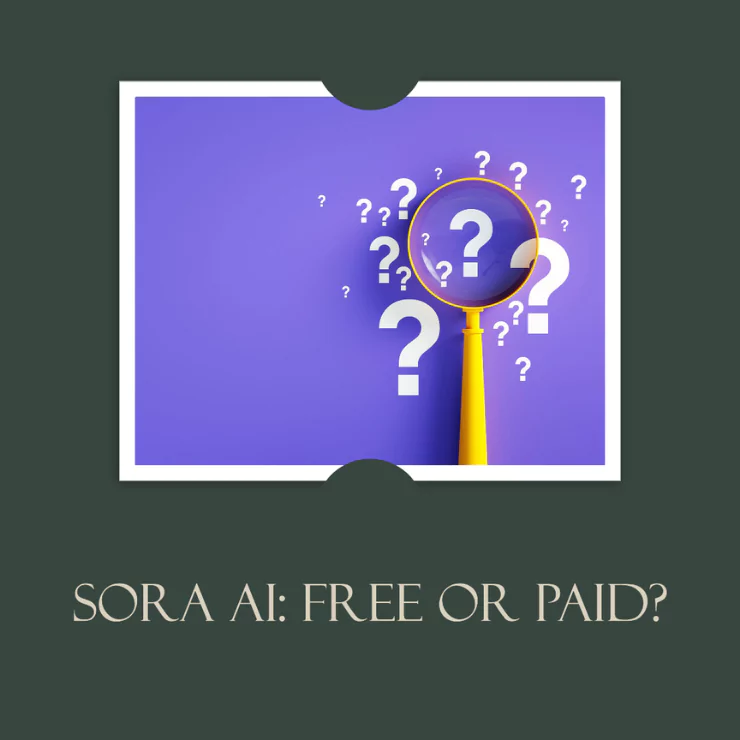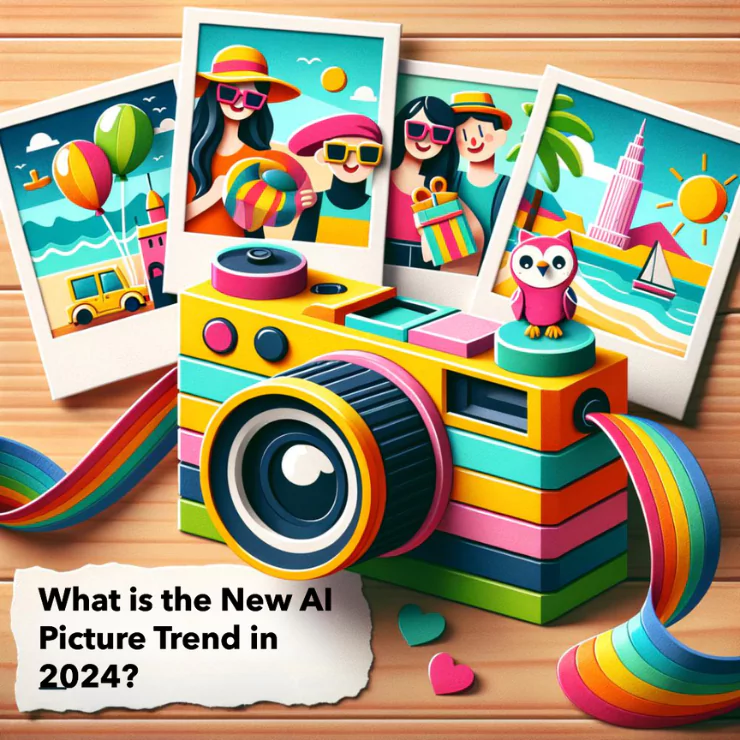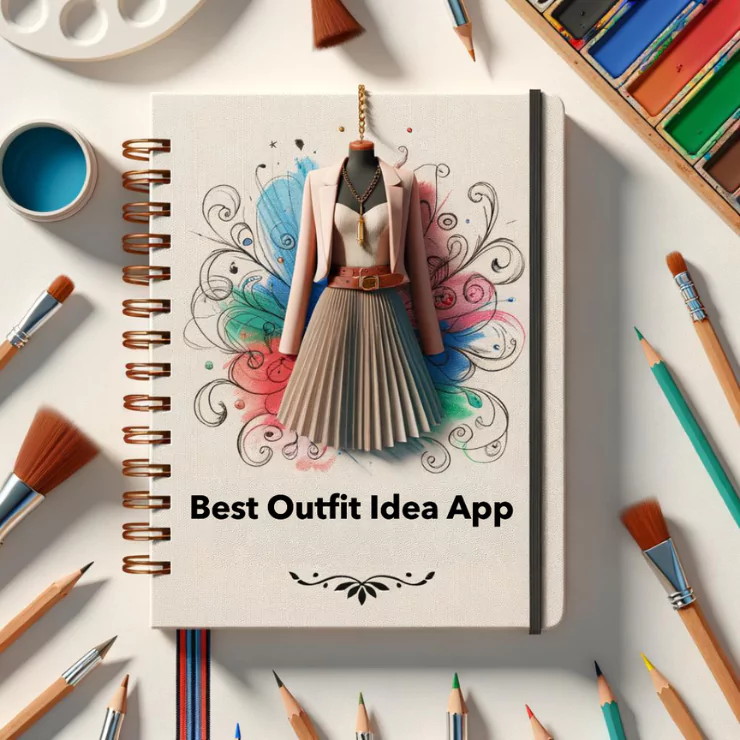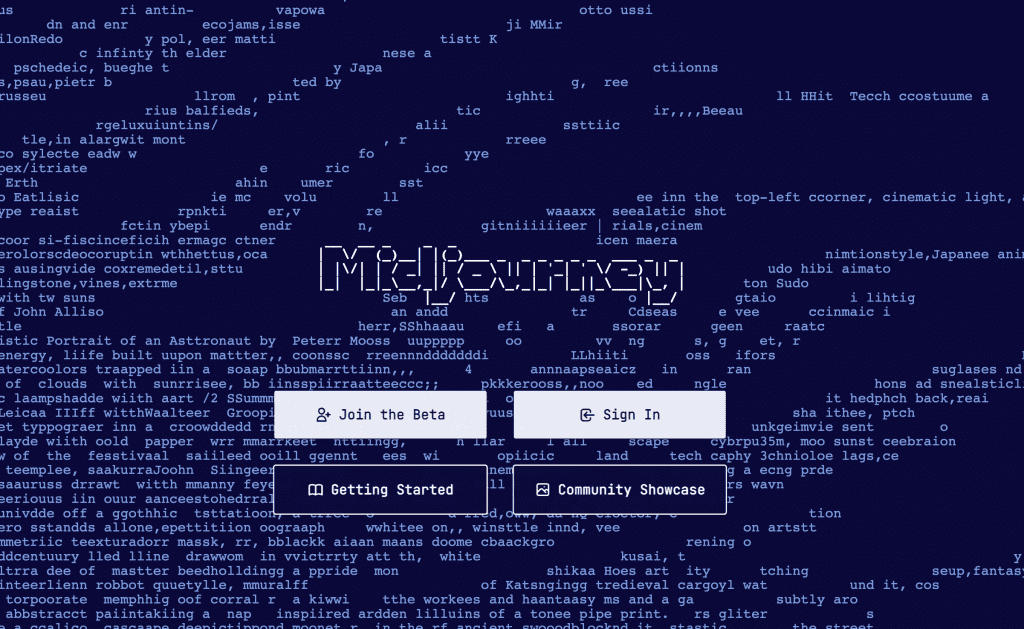
AI is the future, and as we progress further into technological advancement, people are looking for ways to make their jobs and lives easier. AI is the answer, and designers are delighted with programs such as DALL-E2 and Midjourney. But how do these programs impact the illustrating process?
AI tools such as DALL-E 2 assist web designers in creating illustrations in seconds by typing in what they want to create. Traditional image creation takes hours and requires an eye for art. In AI, however, you can create illustrations with only the stroke of a key.
As the world transitions from working hard to working smart, we also see programs running smoother, life becoming more accessible, and increasing productivity exponentially. Today, we’ll examine how web designers use AI to create illustrations in only a few moments. So if you seek more information on these fantastic tools—please read on!
Why Designers Love AI Illustration Tools
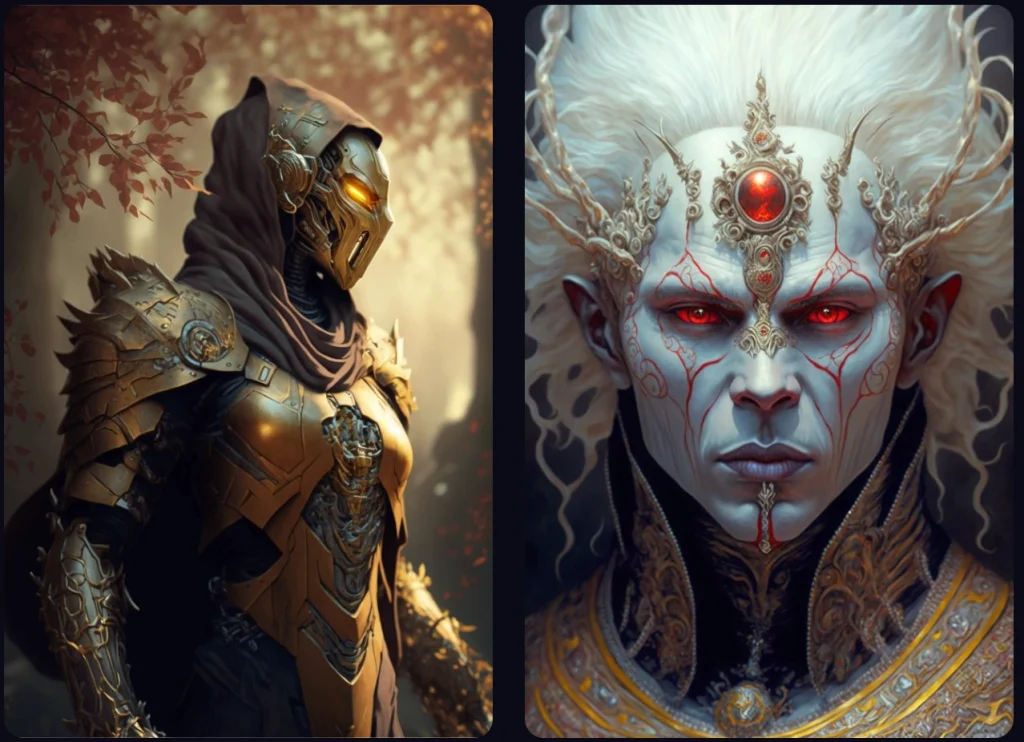


Web Design has been around for decades at this point. The idea isn’t new, but the way people design is ever-changing. What began as artists, graphic designers, and illustrators working with programs such as JavaScript and React to create the perfect image to display is rapidly morphing into giving a command with nearly instantaneous results.
Since we all agree that life and technology are moving forward, let’s launch ourselves deep into the topic of our discussion—Artificial Intelligence, otherwise known as AI.
In our current world, AI has become synonymous with productivity, and nearly everyone utilizes it to some degree or another. Google, Siri, Alexa—the list goes on.
Web Designers are especially fond of using AI nowadays—primarily because this technology allows them to communicate and create.
Instead of going through hours of planning, designing, and later illustrating an image on a computer, the Web Designer can type what they want the computer to create. The AI technology will draw multiple images related to the creator’s intent.
While it’s fascinating to see what the program draws, the best part for designers is how many illustrations they can create in such a short amount of time. In addition, the designers can modify the image with only a few keystrokes.
AI programs like this are even entering the world of fashion. With programs such as Dall-E 2, Midjourney, and ZMO.AI, designers can take a photo of a garment and place it on a model without the model ever trying it on or even existing in real life. This feature makes it significantly easier to broadcast and market products.
Other AI tools, such as Remover.AI, allow you to edit out anything you don’t want in your image—efficiently and accurately.
How Web Designers Are Using Dall-E 2 and Midjourney
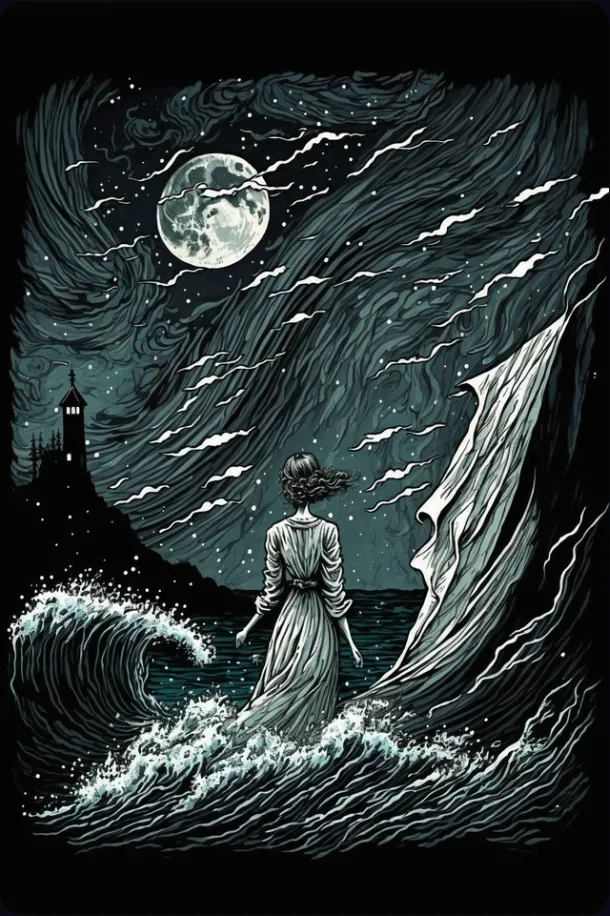


Now that we know why designers love to use programs such as DALL-E2 and Midjourney—let’s discuss how Web Designers use them to create illustrations.
Web Design demands a vast range of skills to create the perfect website. Some primary skills needed are an eye for art and the persistence to create an image from what is first seen only in the imagination.
With this in mind, it has taken Web Designers an enormous amount of time to create even a single webpage. This issue isn’t a surprise with the massive detail involved in manifesting a fully working website. Add to this the amount of time it takes to generate even a single image, and you can imagine why AI has become such a magnificent tool for designers.
AI technology does a fantastic job at creating images you can post on a website, but programs like Dall-E and Midjourney shine in their ability to generate the entire page. The Web Designer still has to put in the code to manifest the page, but one of the most time-consuming aspects of Web Design is imagining the page layout.
For example—let’s say you are building a site about avocado-shaped armchairs. In the beginning, you may have only typed “avocado armchair.” The program then would have generated an image of an avocado-shaped armchair.
To use this to generate an entire webpage, you would type in something like “screenshot WordPress theme for avocado armchair.” This process is where the magic happens. The program will then show you multiple themes and designs that you can use as a Web Designer for your page with very little work on your end. Amazing!
There’s a great video that talks about how this works. Check it out below:
How Illustrating With Artificial Intelligence Works
Illustrating with AI is super simple once you get the hang of it!
As the creator, the basics are that you produce an image in your mind. Once you have the image, you’ll type in what you see. For example, you may give the AI a command to draw a pink elephant wearing a bowling hat.
The AI will interpret what you’ve typed in and illustrate accordingly. You may find that the image is what you wanted, or it may need some tweaks. You could change the command to draw a pink elephant wearing a lopsided red bowling hat if you need to adjust the image.
You can make the appropriate adjustments on platforms like IMGCREATOR for free!
With this new technology sweeping the world, you may be wondering if there is even a purpose for digital illustrators now. Let’s find out.
The Basics of Using DALL-E 2
What is Dall-E 2? As You may have gathered from the name, this is a second-generation program coming from its parent, Dall-E.
Dall-E is a massive neural network that creates images from text captions. With this program, one can take essentially any concept and turn it into an image. The user can even break down the primary images into multiple pictures.
The program does this by using a dataset of text-image pairs. This process means that the program searches a database of images and then a database of texts. Using the information from both of these databases—it combines the data into an image based on the text provided.
Dall-E 2 does the same thing as Dall-E, but with more precision. This program takes on the qualities of its parent program to a new level of accuracy.
Both Dall-E and Dall-E 2 use what is known as GPT-3, an autoregressive language model. GPT-3 has over 175 billion parameters, more than ten times the amount offered by any other language model.
Dall-E 2 is fascinating to explore—allowing the user to create millions, if not billions, of images. This program is certainly something to consider bringing into your life. The mind-blowing part is that the images don’t need to be reality-based. Just like the pink elephant in a bowling hat I discussed earlier, the image doesn’t have to have any realism to it.
How Dall-E 2 Creates Images
Dall-E 2 learns through what is known as Deep Learning, which teaches the AI which connections it should make to create the final picture. The program uses CLIP (Contrastive Language-Image Pre-Training) for the learning process. A tech company, OpenAI, created both CLIP and Dall-E 2.
CLIP works to find matching text descriptions for any image based on the text-image pairs I mentioned earlier.
The program then converts these text-image pairs into what is called a prior. Front here, a generator known as a decoder creates new variations of this image that match the text command better.
In the end, you have a final image that looks remarkably similar to what you saw in your mind’s eye. It may even be more realistic than what you had first imagined.
The best part about Dall-E 2 is that you can use the images created as pictures if you type something in the physical world for the program to manifest. The images are so realistic that you almost can’t tell the difference between these and a photograph.
Many real photographs have limitations on how to use them, so this rapidly becomes a huge advantage for bloggers and other writers.
Now, let’s discuss Midjourney.
The Basics of Using Midjourney
Midjourney works similarly to Dall-E 2 in its image creation. They come out with relatively similar results, but getting to the end image looks a little different.
Midjourney, unlike Dall-E, is an independent research lab that identifies its goal as being “dedicated to advancing the creative capacities of people by examining new thought mediums.”
While Dall-E 2 focuses on creating realistic imagery, Midjourney concentrates on creating images that maintain an artistic flair. Unlike its AI counterpart, this program is best known for designing portraits, realistic paintings, and drawings.
Midjourney is incredible at adapting authentic art styles into any single image or combination of ideas that your mind can dream up. Unlike Dall-E 2, this program is contextually creative. The program has a range of imperfections in the images it produces, but these surface imperfections only add to the mystery and beauty of the images.
How Midjourney Creates Images
Midjourney utilizes a popular platform, Discord, similar to Slack, if you’re familiar with this.
The user needs to talk to the AI to create the images. Then the program gets to work.
As a whole, Midjourney creates images in roughly the same way as Dall-E 2 does. They both use a similar autoregressive language that utilizes the databases of text-image pairs. However, Midjourney pulls images from different sources than Dall-E 2 and arranges them entirely differently.
Midjourney, like its competitor, takes a wide range of images and narrows them down to one image. From here, the program manifests that sketch of the idea into a final picture.
One of the things you’ll notice about Midjourney is that it takes on a more creative viewpoint when it comes to the final picture. The app fills in imagery that one could only imagine would be there. This feature can be handy for fictional writers trying to create a specific scene but aren’t sure where to take things with the descriptive imagery.
Through Midjourney, they can build a world with a few words that can be seen and then fill in the details with more complex descriptive imagery.
While Midjourney doesn’t demand that you understand any coding form, it is significantly easier to use this program. This ease is because the user must type in specific commands in the form of coding commands to start the process of Midjourney creating the image.
Do We Still Need Digital Illustrators?
Ultimately, everyone will have a different opinion on this, but it would be a challenge, to say the least, for AI to completely replace digital illustrators.
One of the most significant things that digital illustrators contribute is filling in all the details in various images. While I doubt anyone is arguing with the increase in productivity that using artificial intelligence to create images provides, it still comes down to a designer.
AI can only generate from images that it has already seen. The benefit of the human mind is that it seemingly creates images out of nothingness. The human mind can take bits of information from such an enormous range of sources and place them together into something that can be read and understood. AI, on the other hand, can only contribute what humanity has already given it.
You can’t beat AI programs such as DALL-E and Midjourney in their assistance to Web Designers, but they are there to do just that—assist.
So, will digital illustrators always have a job? No one knows how the world is going, but chances are high that this job isn’t going anytime soon.
Final Thoughts
I said in the beginning that AI is the future, but we must conclude that AI is now the present. Programs such as Dall-E 2 and Midjourney are changing the world and exponentially increasing productivity.
These programs make way for the creative genius of nearly anyone to shine through. Because the truth is we all have this creative genius, but so many people can’t manifest it. However, programs like DALL-E 2 and Midjourney make this possible.
Go on, manifest your imagination.
Sources
- Science in the News | Harvard University – The Graduate School of Arts and Sciences:: The History of Artificial Intelligence
- NeuroFlash: DALL-E 2: The New Text to Image Generator by OpenAI
- Cornell University – ArXiv: Language Models are Few-Shot Learners
- Level Up GitConnected: Midjourney – AI Art Generator
- Dexer To: What is Midjourney? New AI Image Generator Rivals Dall-E
- Wikipedia: Midjourney
- Dallery Gallery: Everything You Wanted to Know About Midjourney


